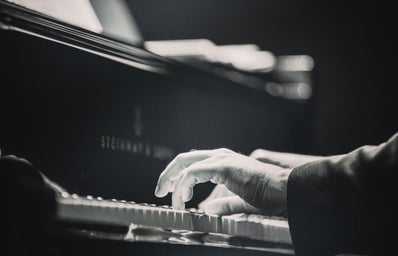Edited by: Shloka Sanskar
Cinematography is an intricate dance of visual elements that come together to convey the emotional essence of a film. Among these elements, lighting holds a pivotal role, shaping the mood, atmosphere, and narrative of a movie. Damien Chazelle’s enchanting musical masterpiece, La La Land, showcases an implementation of lighting techniques that transcends its technical function. This essay delves into the profound impact of lighting in La La Land, examining how it acts as a powerful medium to communicate the narrative, evoke emotions, and accentuate character development.
From the ethereal opening sequence on a Los Angeles freeway to the vibrant hues of the Griffith Observatory, La La Land employs lighting as an emotional palette. The film’s juxtaposition of natural and artificial light mirrors the duality of its characters, Mia and Sebastian, and their aspirations. Natural light, with its warm, golden tones, is often used to represent moments of optimism, love, and dreams. The sunset at the Griffith Observatory, for instance, bathes the characters in a tender glow, signifying their blossoming romance and shared dreams.
Conversely, artificial light, in the form of neon signs, street lamps, and stage spotlights, reflects the harsh realities and challenges faced by the protagonists. These stark, often cool-toned lights create a contrast that emphasizes the struggles and sacrifices integral to the pursuit of their artistic aspirations. For example, the sequence in the jazz club, where Sebastian showcases his love for traditional jazz, is lit in a way that emphasizes his dedication and struggle against a world moving in a different direction.
La La Land’s meticulous use of lighting extends beyond mere ambiance; it becomes a character in itself, revealing the inner workings and conflicts within Mia and Sebastian. Early in the film, Mia is frequently bathed in soft, diffused light, signifying her innocence, vulnerability, and untainted dreams. The soft illumination that accompanies her auditions, for instance, paints her as a hopeful dreamer, eager to make her mark in the world of acting.
In contrast, Sebastian is often seen in darker, more intimate spaces, illuminated by the glow of his beloved piano or the golden embers of streetlights. This intentional use of shadows and highlights serves to underscore his internal conflict, torn between his passion for traditional jazz and the reality of a changing musical landscape. The chiaroscuro effect, seen in his intimate moments with Mia, highlights the complexity of his character, portraying him as both passionate and tormented.
Color plays a vital role in La La Land, with lighting acting as the brushstroke that paints the canvas of emotion. The film employs a rich and varied color palette to convey the emotional journey of the characters. The use of primary colors, such as the iconic red dress worn by Mia, evokes a sense of vitality, passion, and desire. This vibrant hue becomes a symbol of Mia’s determination and her pursuit of her dreams, a visual embodiment of her vibrant spirit.
Conversely, subdued, cool tones dominate the moments of introspection and doubt. For example, the melancholic blue tones during the “Epilogue” sequence lend an air of nostalgia and reflection, as Mia and Sebastian glimpse the alternate realities that could have been. The interplay of warm and cool colors is not merely an aesthetic choice, but a deliberate tool used to evoke specific emotions and underline character arcs.
In La La Land, lighting transcends its technical function to become a vital storyteller, shaping the narrative, revealing character depths, and evoking emotions. Through the interplay of natural and artificial light, the film constructs a visual language that mirrors the characters’ journeys, dreams, and conflicts. Lighting, as an emotional palette, paints the emotional landscape of the film, while also functioning as a silent character, embodying the hopes, struggles, and aspirations of Mia and Sebastian.
Through meticulous attention to lighting, Damien Chazelle crafts a visual symphony that elevates La La Land beyond a mere musical romance. It becomes a testament to the power of cinematography as a storytelling medium, showcasing how the interplay of light and shadow can transcend technicality to become a poignant and evocative narrative force.

